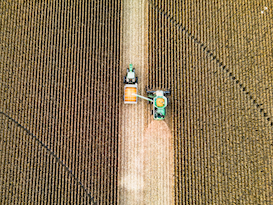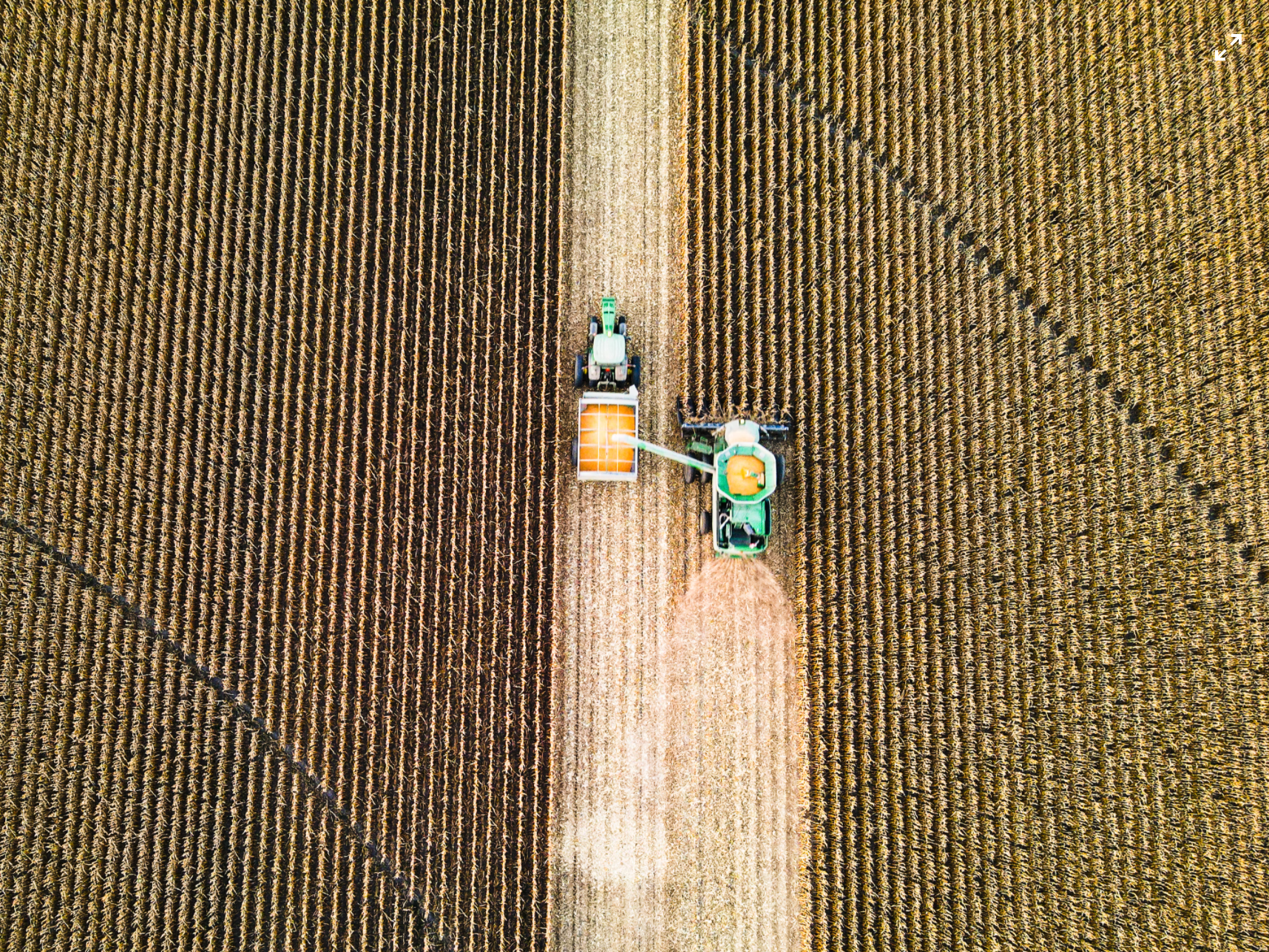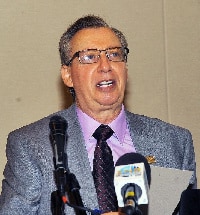How the Sugar Industry Influenced The South Florida Election


A recent election in South Florida has sparked controversy over the effects of sugar cane farming on surrounding communities. The controversy is rooted in a simple debate. Whether or not the traditional practice of cane burning is worth polluting the air and damaging the health of local residents. After 8,000 voters participated in the election, those advocating for the protection of the sugar cane industry won.
After winning the election, several news publications have touched on the prevalence of an agricultural industry influencing an election with such strength. This gives way to a new conversation about the relationship between farming industries, the health and safety of surrounding communities, and the growing political power of what is now being referred to as “Big Sugar.”
Lawmakers Debate Protecting The Sugarcane Industry
In the Everglades Agricultural Area (EAA) in Florida, over 440, 000 acres are used for sugarcane farming. Florida has played a prominent role in the farming and processing of American sugarcane, having produced roughly 17.14 million tons in 2021 alone. The state of Florida continues to supply more than half of America’s sugar consumption. Which indicates that the nation is dependent on these farms for accessible sugar. One could speculate that it is because of this reason that voters were swayed in direction of protecting the industry.
This election is so significant because the outcome directly impacts the locals and surrounding communities. Those that are affected by these traditional methods of farming. Having the right equipment for harvesting is as essential as having good quality Bobcat tracks for moving and preparing the earth. Technological and mechanical advancements have made farming easier, safer, and more eco-friendly. However, some of the sugar cane farming traditional techniques are yet to catch up.
Sugar cane burns have long been the technique of choice for Floridian sugar farmers. The process entails setting fire to sections of sugar cane fields. This breaks down the hard plant exterior and makes processing the sugar much easier and more affordable for farmers.
Avoiding Air Pollution With Safer Cane Burning
There are many valid reasons for why some of the local community members opposed the vote on traditional sugar cane burns. Firstly, there is air pollution to consider – the ash from burnt sugar cane gets blown around, descending upon surrounding areas in what locals refer to as “black snow.” This fine, dark ash settles both on the land and into nearby lungs, causing breathing problems, sinus issues, and even asthma attacks.
The impact of inhaling black snow over a long period of time can be extremely damaging to the respiratory system. To such an extent that Floridian healthcare providers claim that respiratory-related medical issues increase by 35% during major burns. But it’s not just the human body that suffers with these burns. The environment is also negatively impacted by sugar cane burns. By releasing high levels of carbon dioxide, these burns toxify the air and contribute to atmospheric pollution.
The story of the sugar cane controversy is far from sweet. Spectators watch with anticipation around how much longer this industry will take to find more sustainable agricultural and harvesting alternatives.



